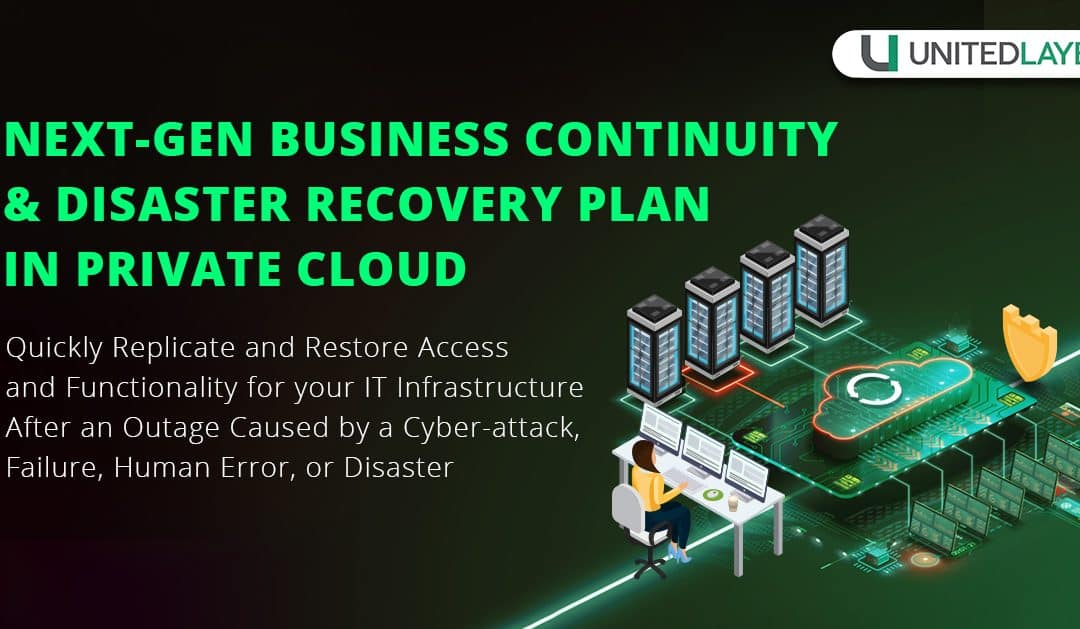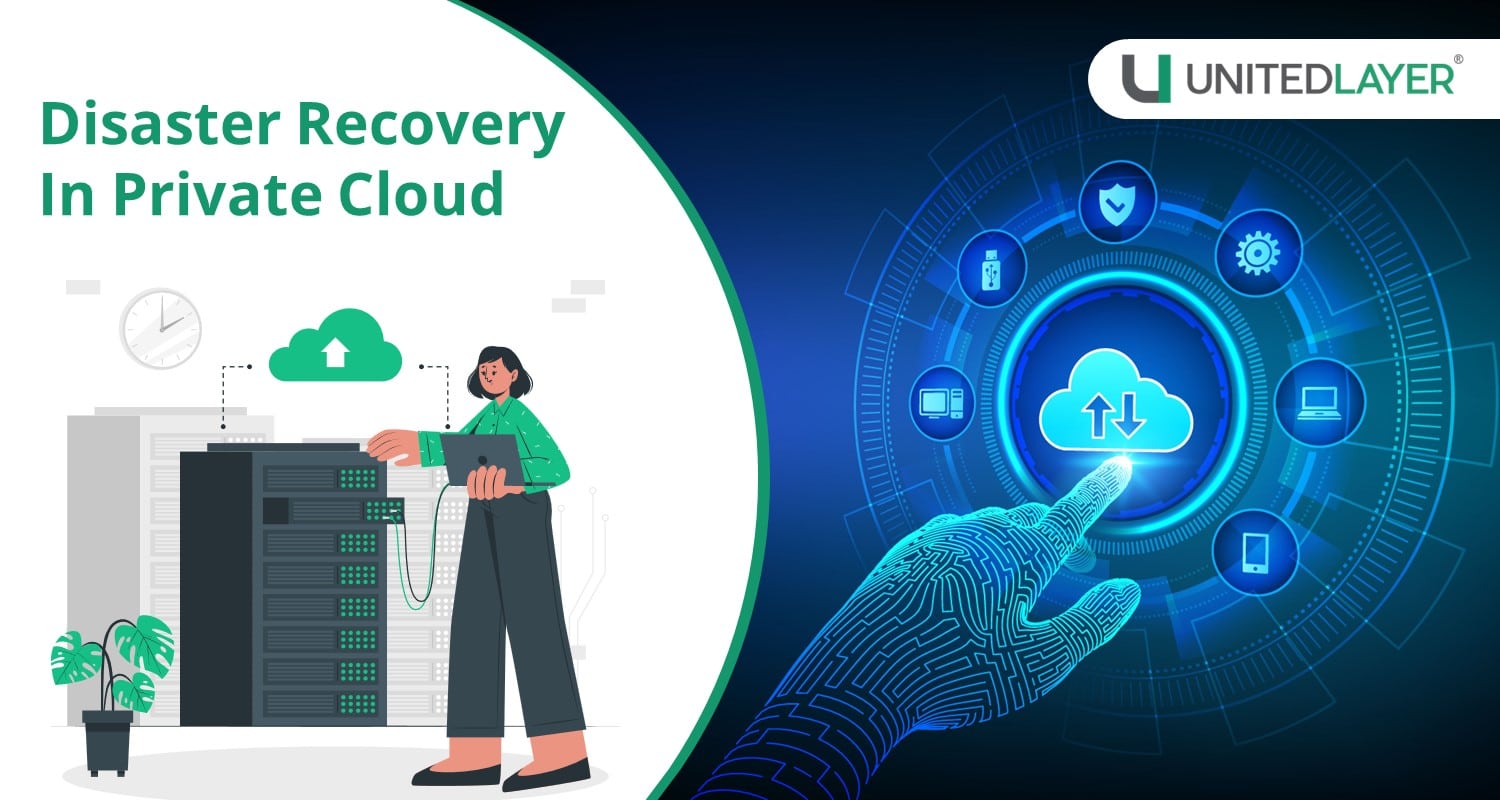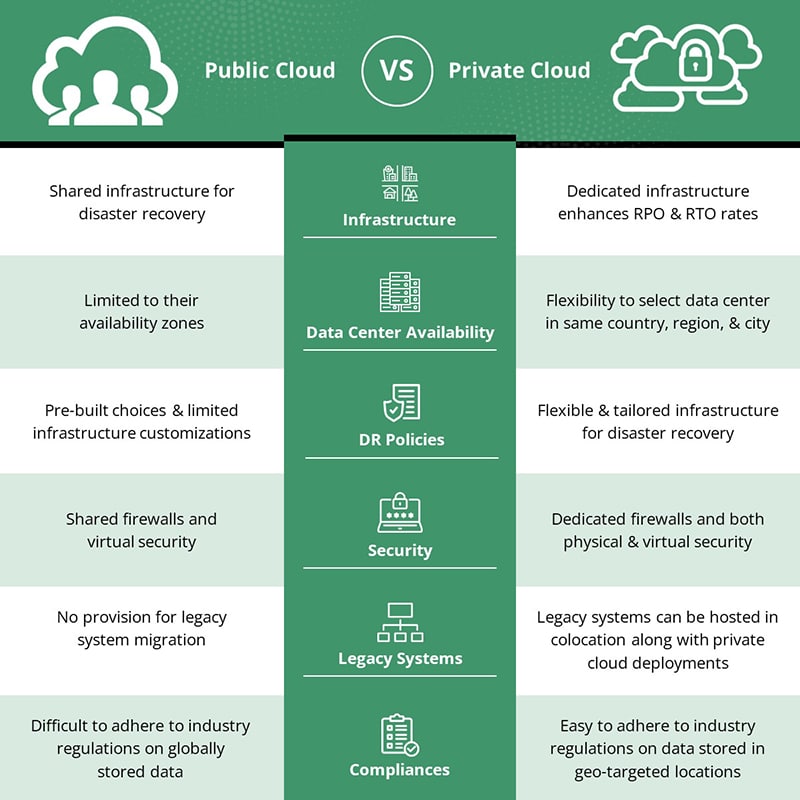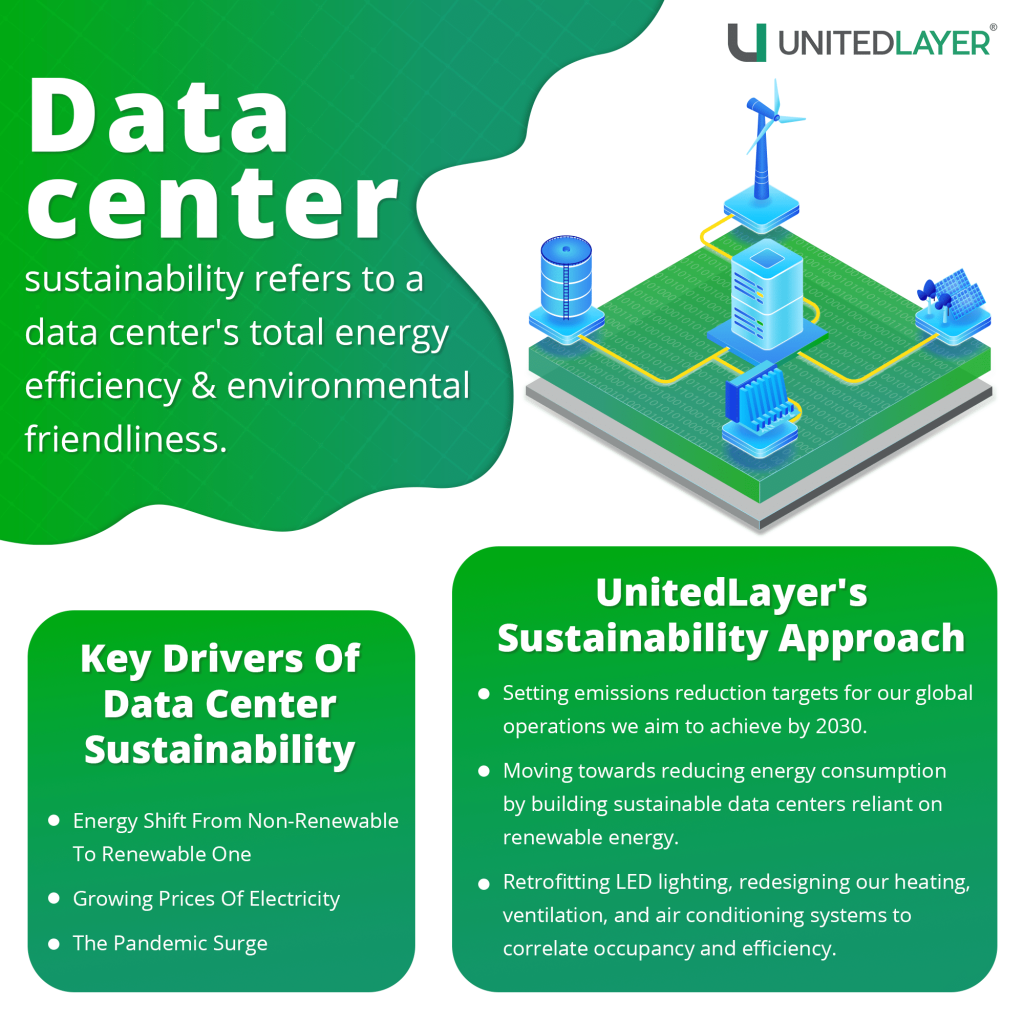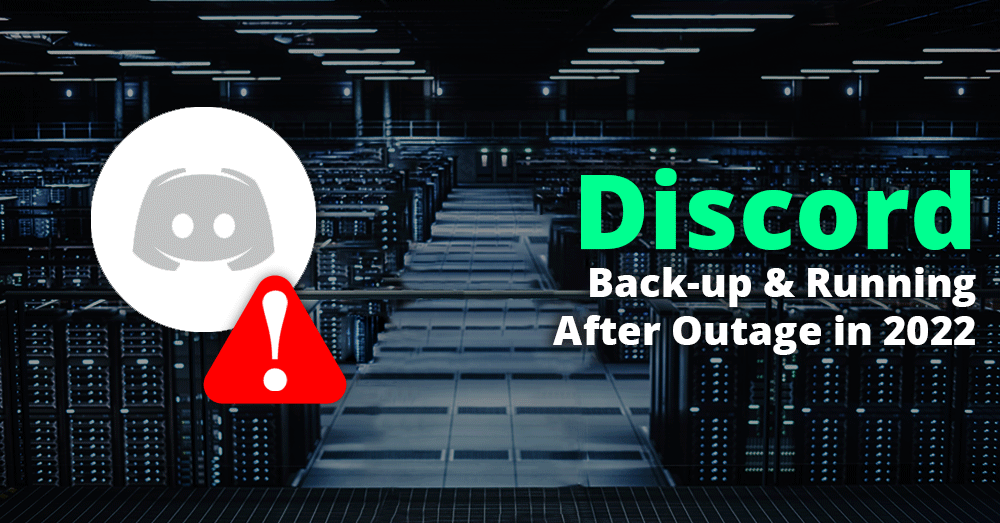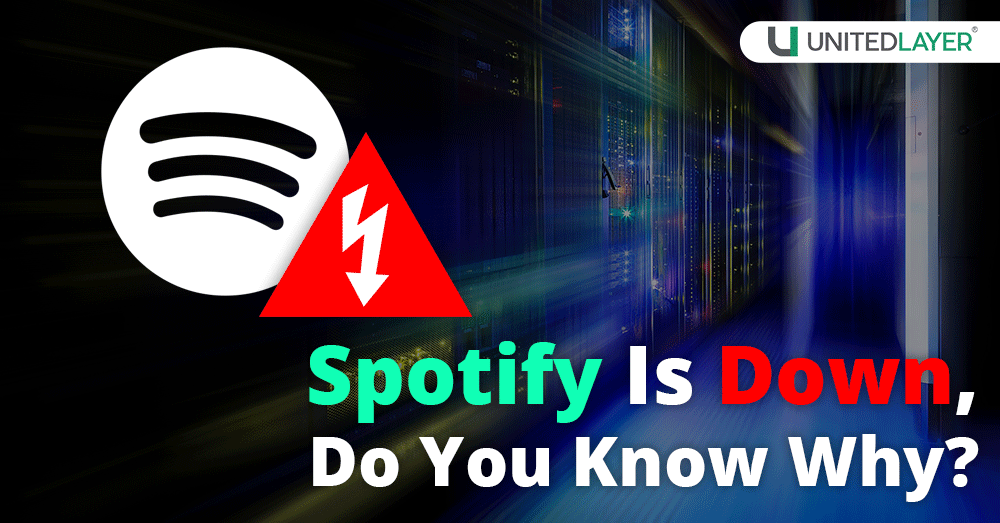Abhijit Phanse, CEO Of UnitedLayer® And UnityOneCloud Was Invited To Join The Forbes Technology Council
Forbes Technology Council Is an Invitation-Only Community for World-Class CIOs, CTOs, and Technology Executives.
San Francisco, CA (September 30th, 2022) — Abhijit Phanse, CEO of UnitedLayer®, a global leader in providing colocation and private cloud solutions, and CEO of UnityOneCloud, the leading Hybrid Cloud Management SaaS platform, has been inducted into Forbes Technology Council, an invitation-only community for world-class CIOs, CTOs, and technology executives.
Abhijit Phanse was vetted and selected by a review committee based on the depth and diversity of his experience. Criteria for acceptance include a track record of successfully impacting business growth metrics, as well as personal and professional achievements and honors.
“We are honored to welcome Abhijit Phanse into the community,” said Scott Gerber, founder of Forbes Councils, the collective that includes Forbes Technology Council. “Our mission with Forbes Councils is to bring together proven leaders from every industry, creating a curated, social capital-driven network that helps every member grow professionally and make an even greater impact on the business world.”
“I am pleased to be a part of this elite council where I can learn, share, and hone my knowledge along with my fellow members, and very much thankful to Forbes Tech Council for giving me such a wonderful opportunity” – said Abhijit Phanse, CEO, UnitedLayer® & UnityOneCloud. “The adoption of cloud is transforming the industry and businesses are no longer relying on a single cloud provider to run their operations, but are instead moving towards multicloud and hybrid cloud models to deploy truly scalable, redundant, and optimized infrastructure as a service. At UnitedLayer®, we have had the privilege of delivering the industry-leading hybrid cloud solution at a global scale for the past two decades, and UnityOneCloud has become the most comprehensive Hybrid Cloud Management single-pane-of-glass platform enabling service providers and enterprises to manage their diverse portfolio of data center assets and cloud services distributed across private, public, hybrid, and edge cloud locations”.
About Forbes Councils
Forbes Councils is a collective of invitation-only communities created in partnership with Forbes and the expert community builders who founded Young Entrepreneur Council (YEC). In Forbes Councils, exceptional business owners and leaders come together with the people and resources that can help them thrive.
For more information about Forbes Technology Council, visit forbestechcouncil.com. To learn more about Forbes Councils, visit forbescouncils.com.
About UnitedLayer®:
UnitedLayer® is the leading Hybrid Cloud provider offering Colocation, Private Cloud IaaS, Managed Cloud Services, and Multicloud Management solutions. UnitedLayer® was established in 2001 and is headquartered in San Francisco, CA. Its key industries include TMT, BFSI, Public Sector, Healthcare, Retail, Logistics, and Oil & Gas, as it serves clients globally with its 100+ data center footprints in the Americas, Europe, Asia Pacific, and the Middle East. e information, visit: www.unitedlayer.com
About UnityOneCloud:
UnityOneCloud is the leading Hybrid Cloud and Multicloud Management SaaS Platform, which incorporates comprehensive Data Center Infrastructure Management (DCIM) and a Cloud Management Platform (CMP) capability, enabling enterprises to manage data centers, private clouds, and public clouds using a single pane of glass. UnityOneCloud provides real-time observability, performance monitoring and alerting, management, audit and compliance, cost analysis, ITSM ticketing, DevOps automation, AIOps, and carbon footprint analysis. For more information, visit: www.unityonecloud.com.

